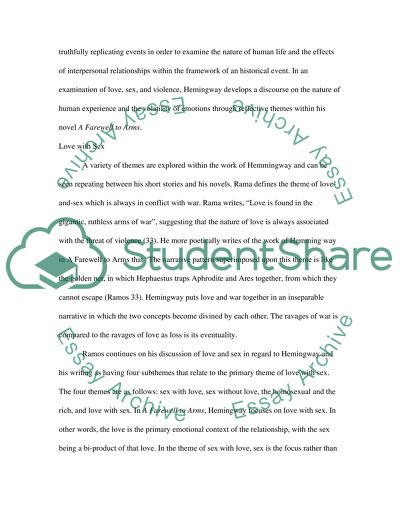Cite this document
(“S. Hemingway's A Farewell to Arms: Historical Realism and Historical Essay”, n.d.)
Retrieved de https://studentshare.org/literature/1390645-s-hemingways-a-farewell-to-arms-historical-realism-and-historical-symbolism
Retrieved de https://studentshare.org/literature/1390645-s-hemingways-a-farewell-to-arms-historical-realism-and-historical-symbolism
(S. Hemingway'S A Farewell to Arms: Historical Realism and Historical Essay)
https://studentshare.org/literature/1390645-s-hemingways-a-farewell-to-arms-historical-realism-and-historical-symbolism.
https://studentshare.org/literature/1390645-s-hemingways-a-farewell-to-arms-historical-realism-and-historical-symbolism.
“S. Hemingway'S A Farewell to Arms: Historical Realism and Historical Essay”, n.d. https://studentshare.org/literature/1390645-s-hemingways-a-farewell-to-arms-historical-realism-and-historical-symbolism.


